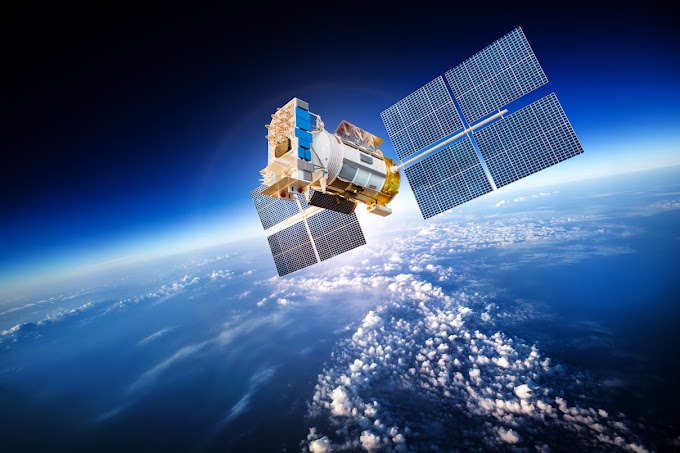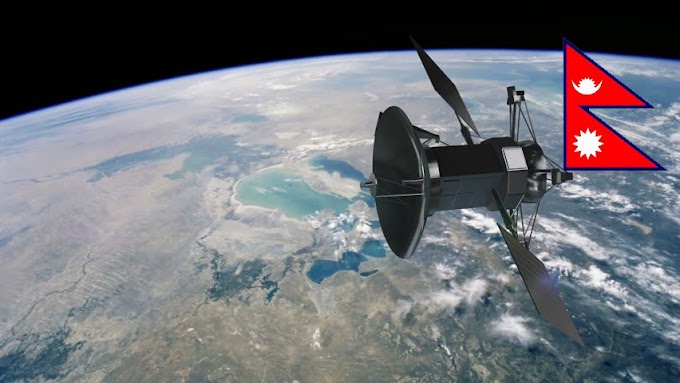Launching
Sixty-two years after the erstwhile
Soviet Union launched Sputnik-1, the world’s first satellite; Nepal sent its
first satellite into space. The first satellite named
NepaliSat-1 was launched in the early morning (2:31 am) of Baisakh 5, 2076
(April 18, 2019). As per the US time, the launching date was April 17, 2019. NepaliSat-1 is supposed to reach the International Space
Station at 10:45 pm on Saturday.
Background
Importance of Launching Satellite
The
satellite is equipped with a 5-megapixel camera and a magnetometer, It
will gather information about Nepal’s topography and earth’s magnetic field,
and will be the greater attention the country is paying to the space realm amid
domestic and wider regional developments. It
is a small satellite and has limited capability. But Nepal’s first entry into
space has brought a huge excitement in people and Scientists.
Nepal’s
involvement with satellites is expected to continue. The country is working on
a second satellite, Nepal PQ-1, to be launched in 2020. And given the growing demand
in the telecommunications sector, Nepal is reported to be working
with France to launch a communication satellite in 2022.
Preparation of Ground Station for NepaliSat-1
The NAST, however, lacks ground
station necessary to gather information sent by the NepaliSat-1. As it will
take some time to come to the orbit, NAST has some time to build a ground
station or Earth station to communicate with the satellite. The tentative time
to build the earth station is around 1 month after receiving the equipment.
Rabindra Dhakal, chief of Faculty of
Technology at NAST, said, “Although the country might not benefit drastically
from this project, the success of this project means we are now technically
capable of preparing such satellites in future.”
Completion of Ground Station for NepaliSat-1
Ground station for NepaliSat-1, the country’s first satellite has
come into operation. Nearly five months after launching the satellite, Nepal
Academy of Science and Technology finally completed construction of its ground
station. Sending command and receiving data from the satellite is now possible
from the ground station. Antenna of the ground station on its premises, in Lalitpur,
starts tracking the satellite automatically.
Earlier, the antenna was manually configured to track NepaliSat-1.
There was delay in setting up
the ground station and the construction of the ground station was extended for
multiple times. NAST had claimed that it would complete the construction of the
ground station and operate it in months ahead of launching of the satellite.
After NepaliSat-1 was launched on April 18, Nepal Academy of Science and
Technology had again said that the ground station would be operational within a
couple of weeks.
We had to
rely on neighboring countries Bhutan and Japan to receive data sent by the
satellite after it reached earth’s orbit from the International Space Station
on June 18.
NAST, the
country’s apex body for promoting science and technology, said it will establish
National Space Centre within a year.
Reception
PM KP Sharma Oli has congratulated all the Scientists and institutions involved in the development of the Satellite. He also mentioned it is also a matter of prestige for the country to have its own satellite.
“Though a humble beginning, with the
launching of NepaliSat-1, Nepal has entered the Space-Era. I wish to
congratulate all those scientists and institutions that were involved right
from the development to its launching thereby enhancing the prestige of our
country,” he said in a tweet.
Crazy Mind
Thankyou for reading.


























Thankyou for your comment ❤️